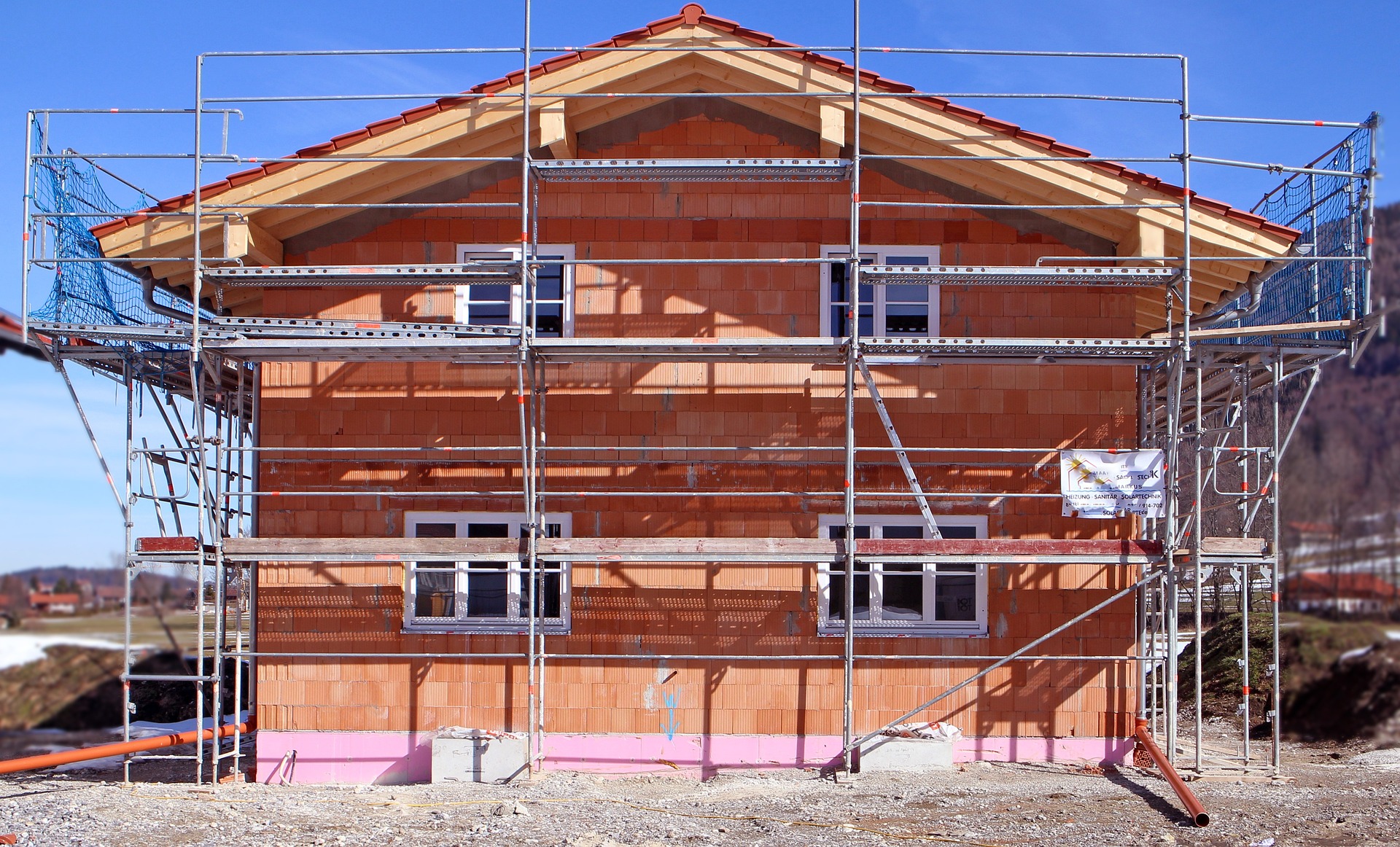Prefabricated Garage Options: Metal Building Construction Guide
Prefabricated garages offer a practical alternative to traditional on-site building, combining factory-made panels and components that arrive ready to assemble. These structures appeal to homeowners, hobbyists, and small business owners seeking faster timelines and predictable quality. Whether you need a simple single-car shelter or a larger multi-bay metal workshop, prefabricated options reduce on-site labor and often allow more customization than many expect, while still meeting common building and construction requirements.

What is a prefabricated garage?
A prefabricated garage is a garage structure manufactured off-site in panels or modules and shipped to the property for assembly. Prefabricated designs range from basic single-car shells to insulated multi-bay buildings with windows and doors. The controlled factory environment improves precision compared with purely site-built construction. Prefabricated garages can use a variety of materials, but metal-framed and metal-clad options are popular for durability and low maintenance. They are suitable for new builds, replacements, and additions where speed and predictability are priorities.
How does prefabricated metal building construction work?
Prefabricated metal building construction typically begins with design and measurements, followed by factory fabrication of steel frames, wall panels, and roofing. Components are transported to the site and bolted or fastened together on a prepared foundation. Installation teams manage on-site assembly, connections, and finishing elements like doors, windows, and insulation. Because many parts are standardized, lead times are often shorter than bespoke site-built garages. Proper site preparation (grading, foundation, utilities) and adherence to local building codes remain essential to ensure safety and longevity.
Benefits of prefabricated garage construction
Prefabricated garages offer several tangible benefits: reduced on-site construction time, consistent factory quality, and easier budgeting due to more predictable materials and labor components. Metal prefabricated garages resist rot, pests, and fire better than some wood alternatives and typically require less routine upkeep. Many manufacturers provide modular options, enabling owners to expand later. Prefabricated construction also minimizes weather delays because major fabrication happens indoors. For property owners balancing cost, durability, and speed, prefabricated garage solutions are often an efficient compromise.
Materials and metal options for prefabricated garages
When choosing materials, prefabricated garages commonly use galvanized steel for framing and exterior panels because of its strength and resistance to corrosion. Panels can be single-skin metal, insulated sandwich panels, or metal over wood framing depending on thermal performance needs. Roof styles vary—gable, lean-to, or curved—and metal roofing systems can include coatings for UV and corrosion protection. Interior finishes, insulation types, and flooring choices can transform a metal shell into a comfortable workshop or storage space; selecting appropriate insulation and ventilation is important for temperature control and condensation prevention in metal buildings.
Finding local services and installation considerations
Selecting competent local services—manufacturers, contractors, and installers—is crucial to a successful prefabricated garage project. Look for providers experienced in prefabricated metal building erection and familiar with local permitting and inspections. Confirm service offerings such as site evaluation, foundation work, utility hookups, and warranty support. Ask about timelines for fabrication and assembly, expected crew sizes for installation days, and contingency planning for weather. Proper permits and adherence to building code requirements in your area should be handled upfront to avoid delays or costly rework.
Conclusion
Prefabricated garages, particularly metal building options, present a reliable path for adding functional vehicle storage, workshops, or small commercial bays with reduced construction time and consistent factory quality. Understanding the fabrication-to-installation workflow, material choices, and the need for proper site preparation will help ensure a durable result that meets building standards. Evaluating local services carefully and planning for insulation and ventilation will optimize comfort and performance in a prefabricated metal garage.






